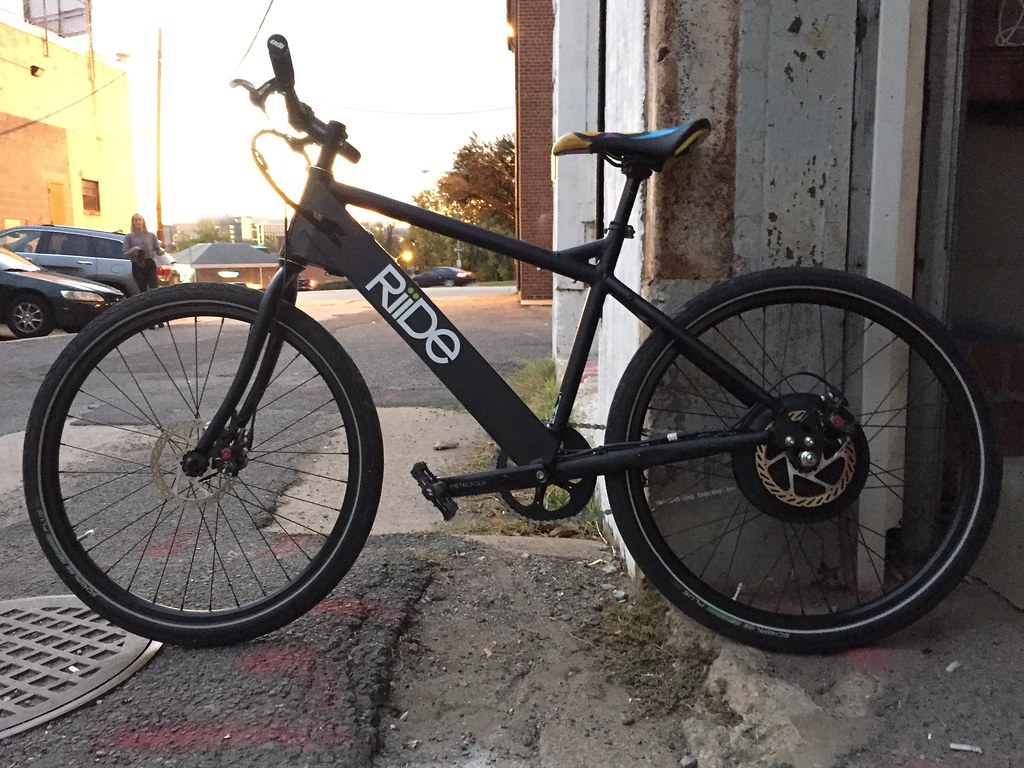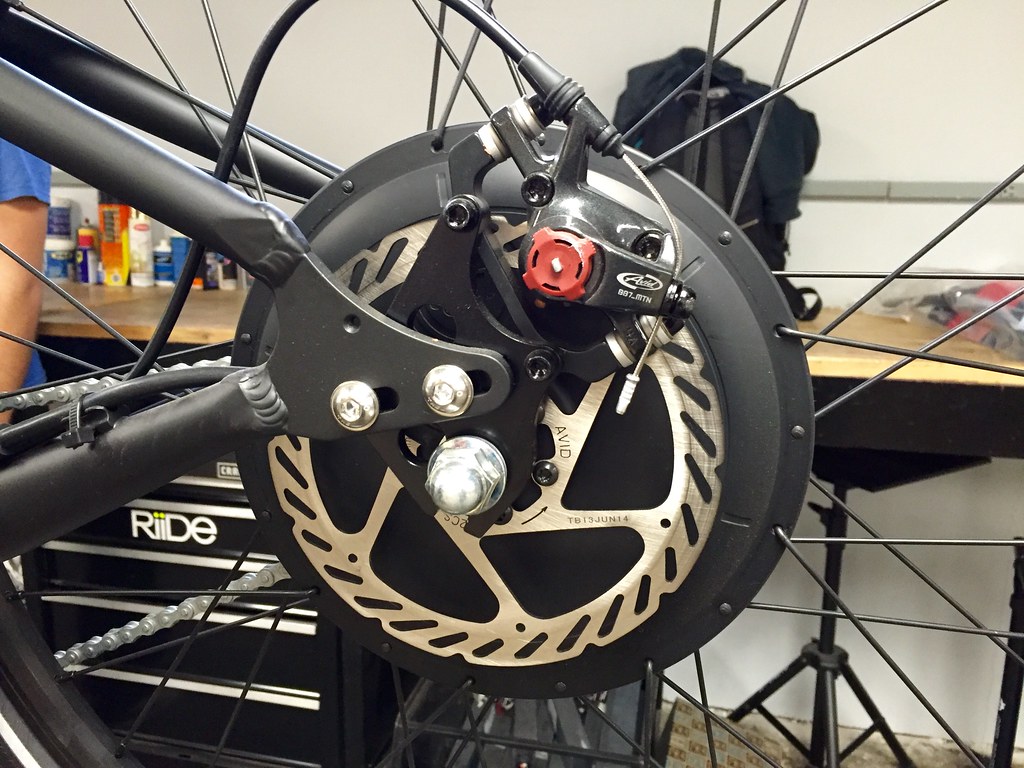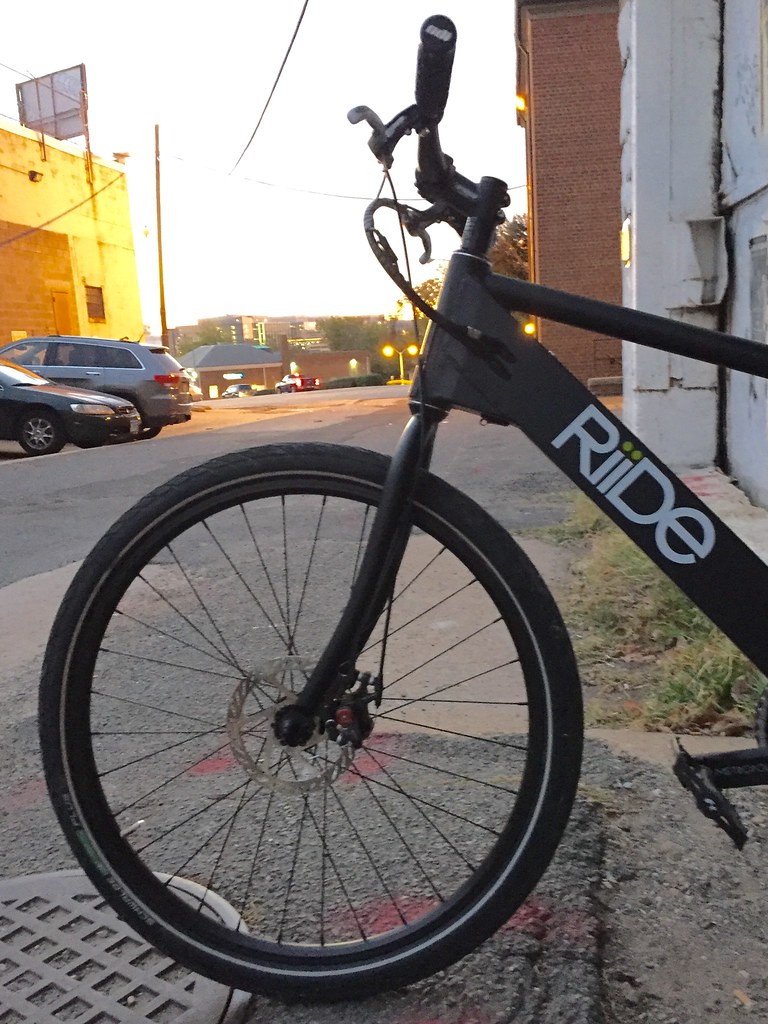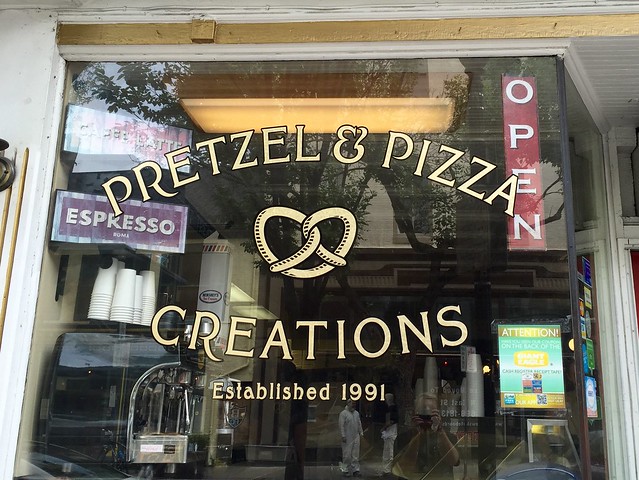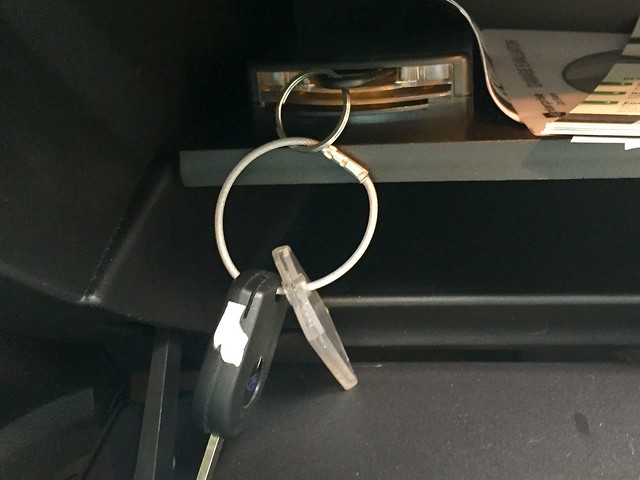A charismatic and iconoclastic figure creates a world-changing product. He insists upon doing things his way, the market be damned. His motto:
Don’t do anything that someone else can do. Don’t undertake a project unless it is manifestly important and nearly impossible.
He makes products for artists, by artists – many of his new hires have no business experience – and he reaps monopoly profits for decades due to his singular and uncompromising vision.
Steve Jobs?
No.
Edwin H. Land, creator of the Polaroid camera. Now just a historical curiosity, his company was a mainstay of investment portfolios during the 50s and 60s. It was the technology sector, with a huge budget devoted to research and a reputation for developing new and cutting-edge products and processes. Polaroid was a skunk works, a Lockheed Martin of photography, that well-funded competitors like Kodak hopelessly chased.
No camera represented the 1970s more than the Polaroid. It was as iconic as the iPhone is today.
After 43 years as CEO, Edwin H. Land retired in 1981. His successors lacked Land’s passion. His risk-taking. They were bland corporate types more comfortable with spreadsheets than artists experimenting in labs.
Like other camera manufacturers, Polaroid saw the promise and threat of digital photography but failed to act upon it. Edwin Land had said, “An essential aspect of creativity is not being afraid to fail.” But with digital photography, Polaroid was afraid to fail, fearful of cannibalizing their own market for instant cameras.
Polaroid developed new products but they were just repackaged versions of old cameras. They created cheap products though Land (like Jobs) never wanted to compete on price – both men wanted to compete on innovation, creating new technology that demanded a premium in the marketplace.
The end came more quickly than anyone imagined. Polaroid went from record profits to bankruptcy in a decade, as one-hour prints undercut the attraction of instant photography. Corporate raiders swooped in, to loot the company for their own profit, the end of Edwin Land’s company coming in 2001.
The amazing and tragic story of Edwin Land is brought to life in Instant: The Story of Polaroid. Not only is it a great read, it’s a beautiful book that would look at home on any coffee table.
Reading it, the parallels between Land and Steve Jobs are inescapable. “Like visiting a shrine,” is how Steve Jobs described meeting Edwin Land and seeing his lab. The cameras created by Land were beautiful objects to admire. “He saw the intersection of art and science and business and built an organization to reflect that,” Jobs said.
And so did Steve Jobs. Products like the iPhone fuse revolutionary technology and great beauty. Neither man was interested in marginal improvements but whole new categories of products – things that people didn’t know they wanted until they saw them.

While Polaroid produced many cameras, its most famous product was the SX-70. Introduced in 1972, it was a beautiful revolution in technology, offering truly instant photography in a foldable body. Though expensive, it was adopted by artists like Andy Warhol and by the general public. Every detail was overseen by Land, like Jobs did with the iPhone. It was also the last major innovation from Polaroid, the company content with making cameras that were cheaper and slightly better than the previous models – but not revolutionary.
What has Apple produced since Jobs’ death in 2011? Other than the curiosity that is the Apple Watch, they have not produced any new category-defying products. New iPhones come out with regularity but, like improvements to the SX-70, they are just marginal advancements. Without innovation, there is no excitement.
When was the last time you had to have an Apple product? I’m typing this blog post on a MacBook Pro that’s six years old. Why haven’t I upgraded? While the new models are a little slimmer, and a little faster, they’re not fundamentally different than my current computer. And the newest models are worse than my MacBook, lacking ports – ports! – that every computer user needs to do their work. I’m not interested in acquiring a collection of dongles, so I’m going to keep this MacBook for a while. It’s still better than anything in the Windows world.
The fate of Polaroid is a warning to Apple, demonstrating how a company can go from dominance to disaster in a few short years, if it ceases to innovate. I hope that Apple arrests its drift and empowers the artists within the company. In the words of Edwin Land:
In my opinion, neither organisms nor organizations evolve slowly and surely into something better, but drift until some small change occurs which has immediate and overwhelming significance. The special role of the human being is not to wait for these favorable accidents but deliberately to introduce the small change that will have great significance.















